Video Series and Companion Book
The Electromagnetic Spectrum
This unique NASA resource on the web, in print, and with companion videos introduces electromagnetic waves, their behaviors, and how scientists visualize these data. Each region of the electromagnetic spectrum (EMS) is described and illustrated with engaging examples of NASA science. Come and explore the amazing world beyond the visible!
Introduction to the Electromagnetic Spectrum: Electromagnetic energy travels in waves and spans a broad spectrum from very long radio waves to very short gamma rays. You depend on electromagnetic energy every hour of every day. Without it, the world you know could not exist.
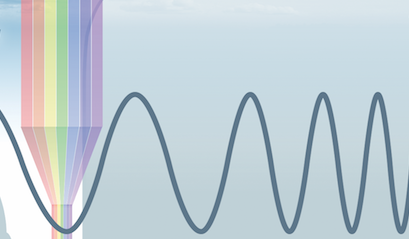
Anatomy of an Electromagnetic Wave: An electromagnetic wave is made up of changing electric and magnetic fields and is important way that energy is transported in the world around us.

Wave Behaviors: Light waves across the electromagnetic spectrum behave in similar ways and can be transmitted, reflected, absorbed, refracted, polarized, diffracted, or scattered depending on the composition of an object the wave encounters.

Visualization: From Energy to Image: Electromagnetic energy is observed and recorded by satellites and then transmitted to Earth. These data, including data from beyond the visible spectrum, are processed into images.
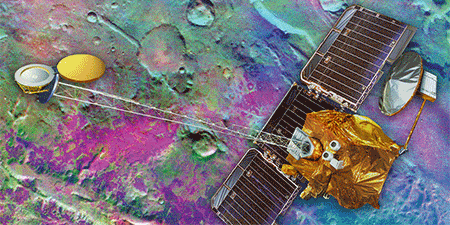
Radio Waves: The longest wavelengths in the spectrum, Radio waves can carry tunes from a radio station or be emitted from astronomical objects like from the Sun’s corona.
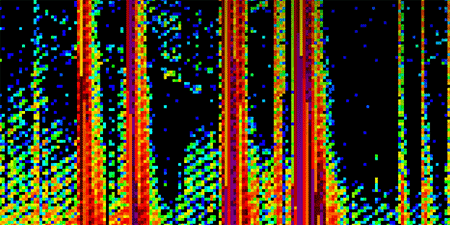
Microwaves: Microwaves penetrate through clouds, dust, smoke, snow, and rain making them ideal for communications satellites. They are also used in active and passive science instruments to study the Earth and the night sky.
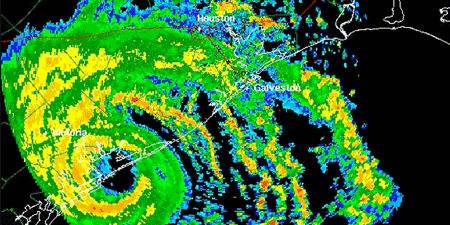
Infrared Waves: Light waves just beyond the visible spectrum of light are infrared light waves. They range from near-infrared like what are used in remote controls, to far-infrared which can be sensed as heat.
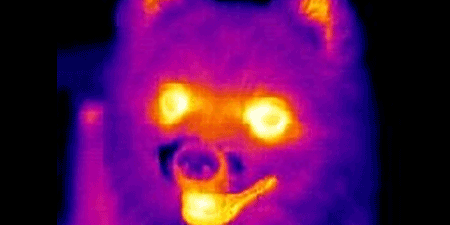
Reflected Near-Infrared Waves: Scientists can study how objects reflect, transmit, and absorb the Sun's near-infrared radiation to observe health of vegetation and soil composition.

Visible Light: All electromagnetic radiation is light, but we can only see a small portion of this radiation—the portion we call visible light.
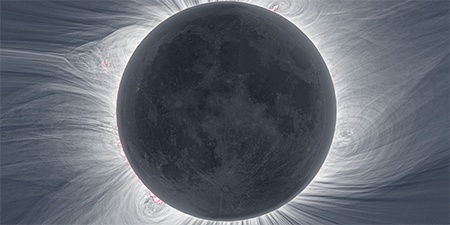
Ultraviolet Waves: The Sun is a source of the full spectrum of ultraviolet radiation and most of this radiation is blocked by the atmosphere. Scientists study stars and galaxies in the ultraviolet as well as the composition of Earth’s atmosphere.
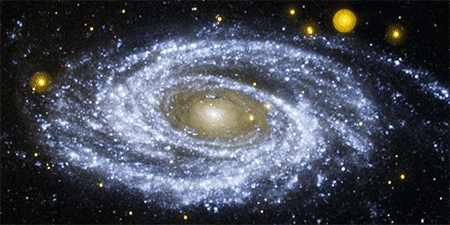
X-Rays: X-rays have much higher energy and the Earth’s atmosphere protects us from these harmful rays. Scientists use satellites to observe x-ray radiation coming from galaxies and stars like our Sun.
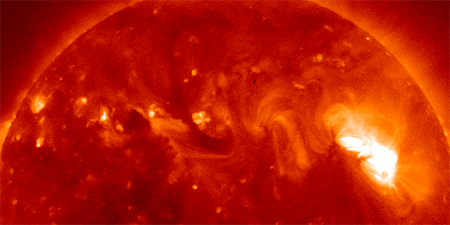
Gamma Rays: Gamma rays have the most energy of any wave in the electromagnetic spectrum and are produced by the hottest and most energetic objects in the universe.
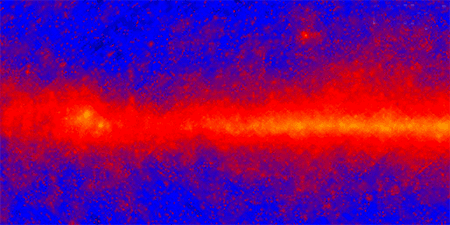
Earth's Radiation Budget: The energy entering, reflected, absorbed, and emitted by the Earth system are the components of the Earth's radiation budget.
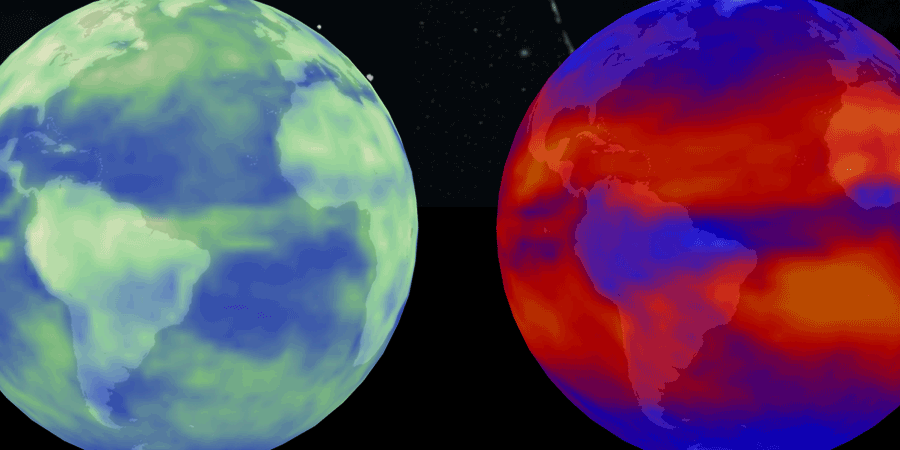
Electromagnetic Spectrum Resources
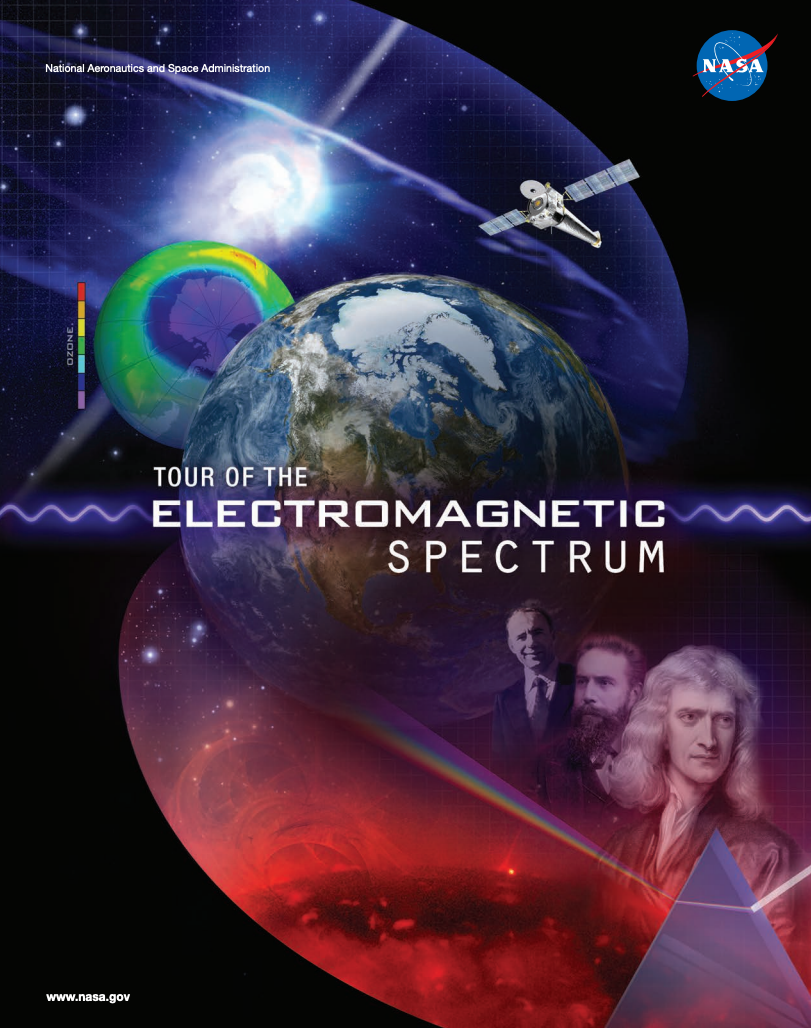
Download the EMS Book
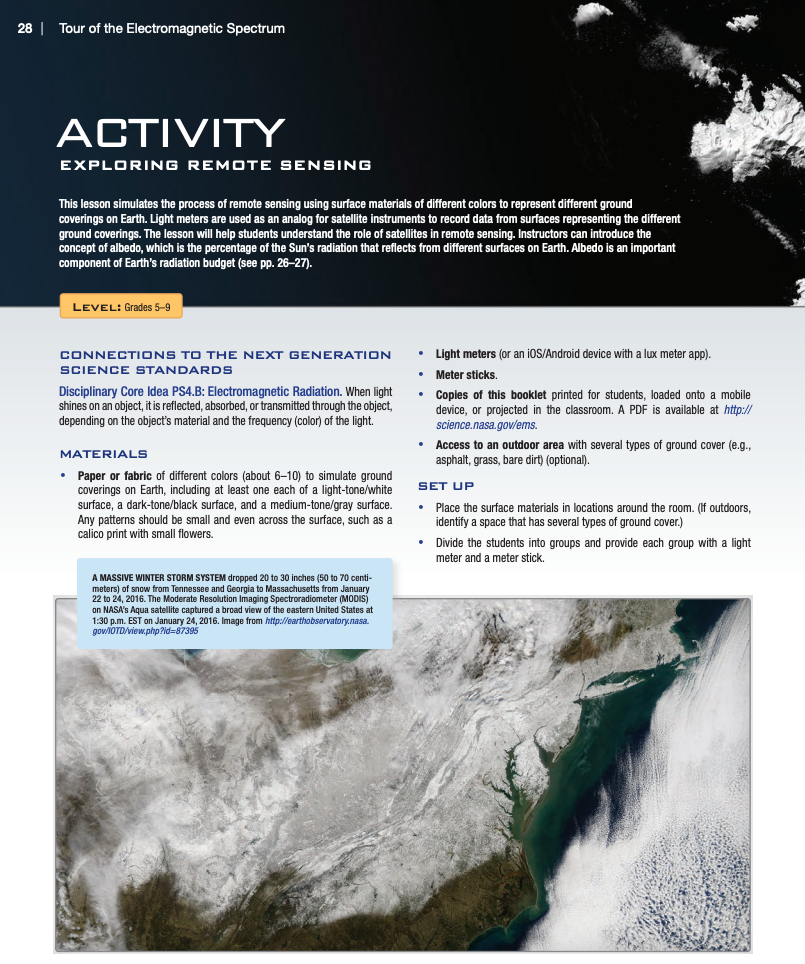
Activity: Exploring Remote Sensing





